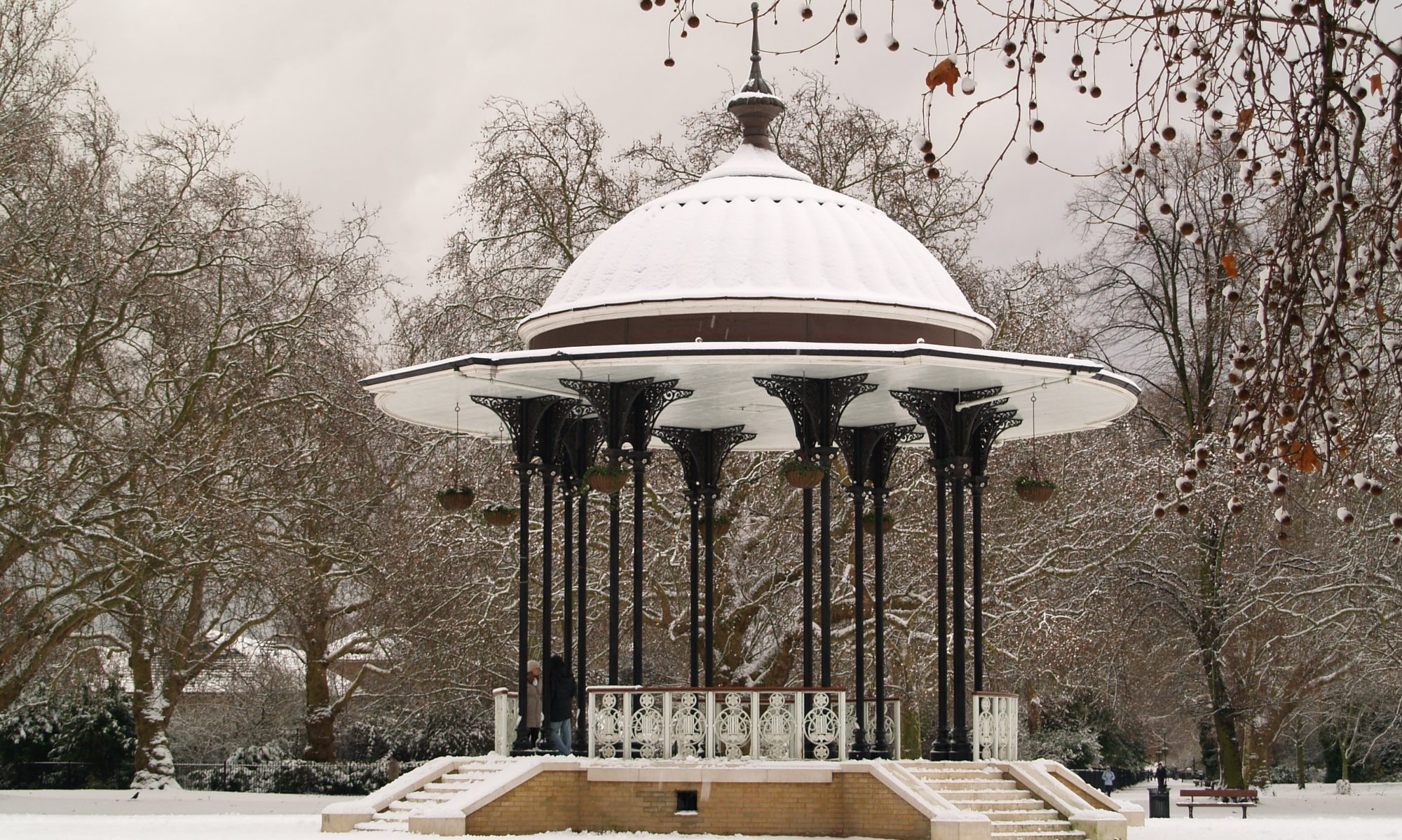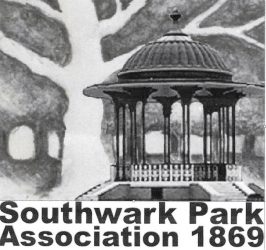April and Southwark Park
This year marks the 150th anniversary of the opening of Southwark Park to the public on 19th June 1869. Pat Kingwell looks back at some events in the month of April in the past which shaped the park we have today.
April 1856 – a memorial, signed by over 250 inhabitants of the area, called upon Bermondsey Vestry “to take such steps as you may deem advisable for the purpose of providing the public with a park or public walks in this parish.” The signatories wanted an amenity for public health reasons, as Bermondsey had recently been visited by cholera epidemics. They recommended obtaining the “considerable open space used for market gardens” owned primarily by Lord of the Manor, Sir William Maynard Gomm, “which otherwise in the course of a few years will be covered in houses and let to persons not engaged in the legitimate trades of this parish.”

28 April 1864 – the Southwark Park Bill received Royal assent in Parliament, unopposed. The Royal assent was given by commissioners Lord Campbell, the Duke of Argyll and Earl St. Germans.
April 1881 – Charles Dennis, former Park Superintendent (1871-1881), was presented with a silver tea service by his friends in the community at a ceremony in the Warrior Tavern, Lower Road, Rotherhithe.
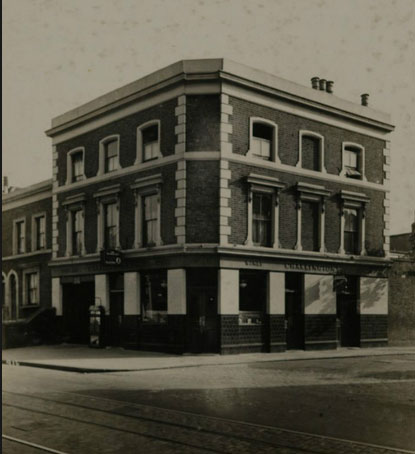
The Bermondsey and Rotherhithe Advertiser reported: “Those who have frequented Southwark Park during the last nine years have no doubt become familiar with the genial countenance and kind demeanour of the ex-Superintendent, Mr. Charles Dennis, whose term of office was somewhat unexpectedly, and as some deem, undeservedly terminated a few months since. His efforts whilst he held the position referred to, led to the formation of many friendships, which neither time nor unfortuitous circumstances are likely to efface… Mr. Macrow, in making the presentation, said he trusted that Mr. Dennis would long regard the gift as a memento of the feeling the inhabitants of Bermondsey and Rotherhithe had towards him. His avocation might in future years take him far from those who had so long enjoyed his friendship, but though he might reside in a more salubrious district, if he took the gift with him, it would occur to him that he had left friends behind him who appreciated what he had done for them. This presentation was not made on account of favours shown, but for the cheerful and obliging manner in which Mr. Dennis had carried out the duties of his office. Some individuals might have filled that office and made things nothing near so pleasant – and because of that kindly feeling shown to them they wished to express their gratitude, and should Mr. Dennis come amongst them at any time, they would always be glad to see him… Mr. Dennis, in accepting the gift, said he hoped the tea service had not been given in the interest of teetotalism, for he was not in that number to give up the good things of this life yet, nor did he think he was alone in that respect.”

3 April 1885 – the Jabez West memorial fountain was formally unveiled. On a Good Friday afternoon a huge demonstration made up of 96 London Temperance Lodges, and many non-teetotallers, gathered in the park to remember a working fellmonger. The Southwark Recorder commented: “…the lodge entrance of Southwark Park was reached and the scene here was most note-worthy. The banners of the various orders glittered in the sunshine and formed fitting emblems of the inspiring principles promulgated by the temperance party. The crowd too was most dense and yet banner after banner passed along without let or hindrance and were eventually stationed near the bandstand, which was used as a platform…At the fountain Benjamin Whitworth M.P. performed the ceremony of unveiling, and drank a draught of water from the fountain; at the same time a banner which had remained furled was unfurled and displayed a capital portrait of Mr. West…“ Speeches were then made by Whitworth, Professor Rogers, M.P., A. Cohen, M.P., Rev. Dawson Burns, Rev. G. Murphy and Mr. Wightman.
The South London Press wrote: “Jabez West, although from first to last a temperance advocate, was still something more. He was a reformer —one of those working men who, in spite of meagre education, make their influence felt in local political circles. He was not a wordy demagogue, caring only for declamation. He was as content to do lowly work as he was to do the highest, so long as progress, social or political, was the watchword. He was the first working man in Southwark who fought his claim to the £10 franchise; he was one of the first in London to join the Anti-Corn Law League; was a representative delegate in welcoming Kossuth to England; he took part in the Garibaldi reception; was a delegate to the Reform League and was present at the fall of the Hyde Park railings. It is no wonder that Jabez West was known and honoured by others than the temperance party. But, as we have stated, his great work was that of advocating total abstinence from all intoxicating liquors. …It should require a great deal of space to enumerate even briefly the work accomplished by Jabez West in this department of social reform. We will merely say that he was never tired of addressing temperance gatherings, that he generally held three open-air meeting on Sunday, and that he was constantly canvassing in favour of temperance legislation. And it must be remembered that Jabez West was never more than working fellmonger. It is estimated that between sixty and seventy thousand people took part in the demonstration.”
The fountain cost about £120 and is of grey granite, standing ten feet high and bears the following inscription: ‘Erected, by public subscriptions, to commemorate the life and labours of Jabez West, working-man temperance advocate. A rare specimen of a rare class’ (Dr. Burns).
April 1890 – the South London Chronicle reported: “About six weeks ago a full-grown fox escaped from some premises in the Culling Road, Rotherhithe, occupied by a Mr. Smith, and took up its abode in Southwark Park, where it has been playing sad havoc with the water-fowl on the lakes, as well as rabbits and fowls from the numerous back gardens abutting on the park. Reynard has several times been seen at his depredations by the night watchman, who, with the assistance of dogs, had endeavoured to capture him, but without success. On Friday week the fox was seen to jump off a shed and run along the wall towards the chrysanthemum house. Several of the park-keepers, armed with cudgels, gave chase, but Reynard was soon lost. Shortly afterwards, however, he was espied on a water tank, at the rear of some houses in the Gomm Road. The attack was again renewed, and with the assistance of several members of the Metropolitan Fire Brigade, whose station is next door, Reynard was surrounded, and eventually despatched. Mr. Smith, who was bitten in the hand by the fox, was informed by the doctor who cauterized the wound, that if any swelling took place his better plan would to at once go to Paris and be treated by M. Pasteur.”
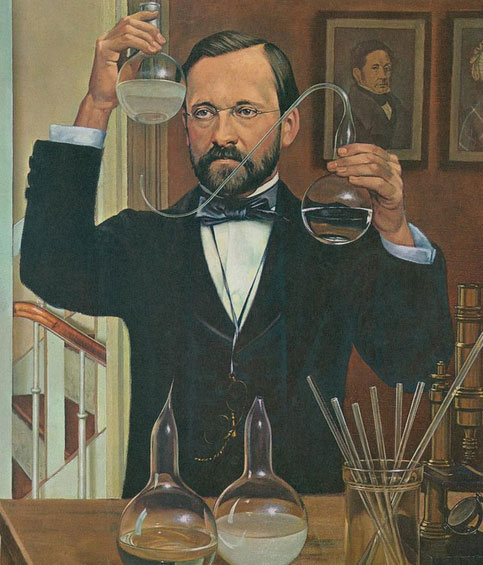
April 1891 – a petition for more courts was submitted to the London County Council by local lawn tennis clubs, including Ivy, Primrose, St. Philip’s, Rosewell, Union Chapel, Mysore, Clare, Gordon, Eclipse, Malcolm, Grasshoppers, Ruby and Belvedere. Grass courts were provided along the south-western margin of the park.
April 1897 – the London County Council refused to establish a nature area in Southwark Park due to “the extreme doubtfulness of the success with which the experiment would be attended in the locality in which the park is situated.” Thomas Henry Flood, Secretary of the Southwark Education Council, had asked for a small portion of the park to be set aside for growing of plants to help children study botany. Flood quoted the successful experiments in three other parks, but the LCC did not agree because “the park is not suitable.” Flood, a retired lieutenant in the Royal Navy, later represented Southwark on the School Board for London.
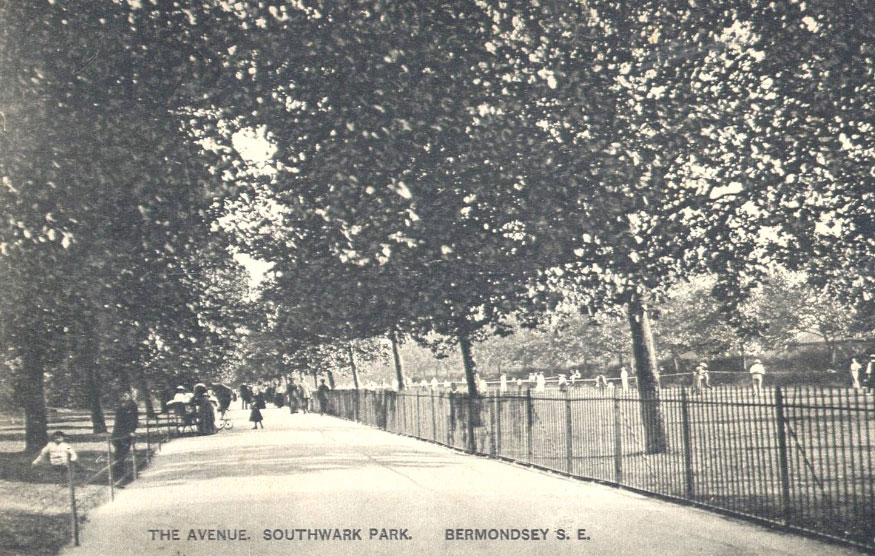
April 1901 – the London County Council opened the new Moreton Terrace entrance without any formal ceremony. The Southwark and Bermondsey Recorder gave the background. “It may be remembered that about two years since some Rotherhithe residents, including Mr. Porter, interviewed Mr. Pomeroy and pointed out the great advantage that would accrue to the children and aged people of that district if a gate could be provided at that portion of the park. The matter was introduced by Mr. Porter to Keeton’s Road Board School managers who unanimously adopted the proposal and sought an interview with the London County Council. Rotherhithe Vestry was also interviewed and a united deputation waited upon the Parks Committee of the Council. Eventually the Council agreed to construct the entrance to the park if the vestry bore the expense of purchasing any rights of way involved. The vestry agreed to this condition, and the chairman, Mr. R.L. Stuart, threw his energies into the matter with the result that all the rights of way were secured…”
April 1924 – the London County Council refused a request from Bermondsey Borough Council to provide facilities for mixed bathing in Southwark Park lido. Instead, it was agreed that one day a week be reserved for sole use by women and girls. The lack of suitable changing accommodation was one reason against mixed bathing – the park had only 10 individual changing rooms, meaning swimmers had to use two communal dressing sheds without screens. Another reason was that use of the lido was free and the Chief Parks Officer was concerned about undesirable behaviour. Mixed bathing was eventually allowed on a limited basis in 1929 and every day after the Second World War.
April 1931 – an aircraft crash-landed in the park. The Daily Herald told the tale. “Pilot-Officer J.N. Baxter, attached to Hornchurch aerodrome, flying an RAF Bristol ‘Bulldog’ single-seater fighter, crashed in Southwark Park, London, S.E. yesterday, when executing an aerial manoeuvre to avoid hitting two park-keepers who were standing on the spot where he wished to land. Forced down from a height of 5,000 feet by propeller trouble, the pilot had just cleared a fence between some trees when he saw the park-keepers. He caused the machine to rise but it fell nose first and the propeller struck the ground. The fighter turned over on its back and was damaged, but the pilot escaped unhurt. Police had to guard the machine to prevent the big crowd, which immediately swarmed into the park, from getting too near. An appeal was issued last night that anyone who finds pieces of an aircraft in the south-eastern outskirts of London should take them to the nearest police station. It is believed that parts fell from Baxter’s machine, and they will be required for an investigation.”
April 1941 – incendiary bombs hit Gomm Gate and also the Superintendent’s Lodge, causing damage to roof, ceiling and floor.
April 1943 – the London County Council agreed to name the Old English Rose Garden after Ada Salter, who had inspired its construction. Ada had died in December 1942.
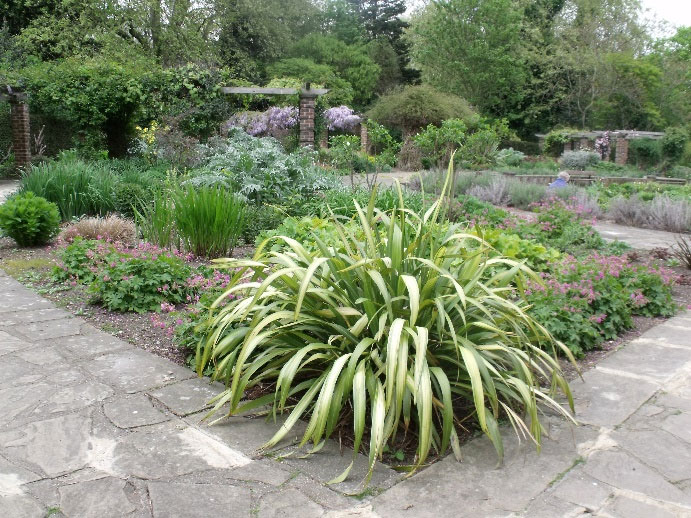
April 1945 – the National Women Citizens Association (Bermondsey and Rotherhithe Branch) urged the London County Council to provide a modern refreshment room in the park. In 1953 one was built as an adjunct to the lido. It remained open until the 1980s, and was then converted into an art gallery.
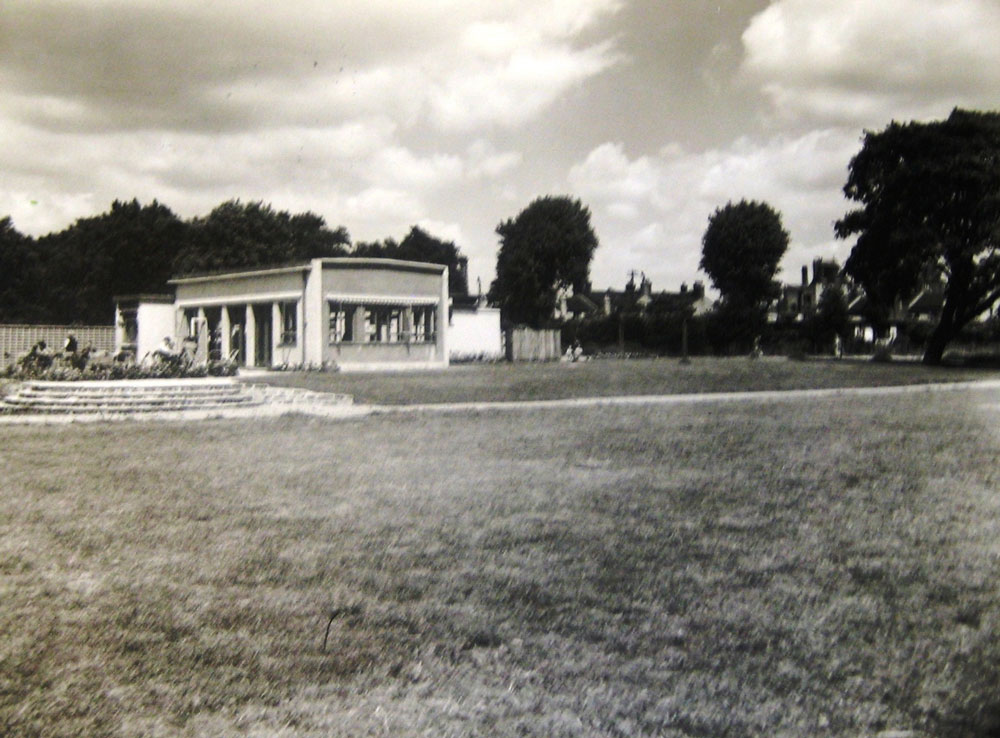
April 1951 – the London County Council approved a revised layout of the southern part of the park. “On the release of the oval field and surrounding areas at Southwark Park from a variety of war-time occupations we have taken the opportunity to plan a new layout incorporating as an addition to the park a small piece of land formerly occupied by war-destroyed houses fronting Hawkstone Road. Before the war the Southwark Park oval field was used mainly for cricket but we propose that its borders shall be extended, and that it shall in future be available for five full sized football pitches, two junior football pitches, one hockey or football pitch, seven cricket squares, four tennis courts and a new dry playground. In addition there will be changing accommodation, conveniences and an up to date café. The cost will be about £43,296.” (about £1.3m in 2019 values)
April 1952 – The Mayor of Bermondsey, Alf Kemp, opened the new outdoor sports pitches – seven cricket squares and eight football pitches.

Alf Kemp and family
April 1971 – London Authorities (Parks and Open Spaces) Order 1971 implemented the transfer of Southwark Park from the London County Council to London Borough of Southwark.
ParkSuperintendent Maurice John Cutter retired, having been at Southwark Park since 1957. He began with the London County Council in 1933, and had worked in Charlton, Victoria, Waterlow and Parsloes Parks.
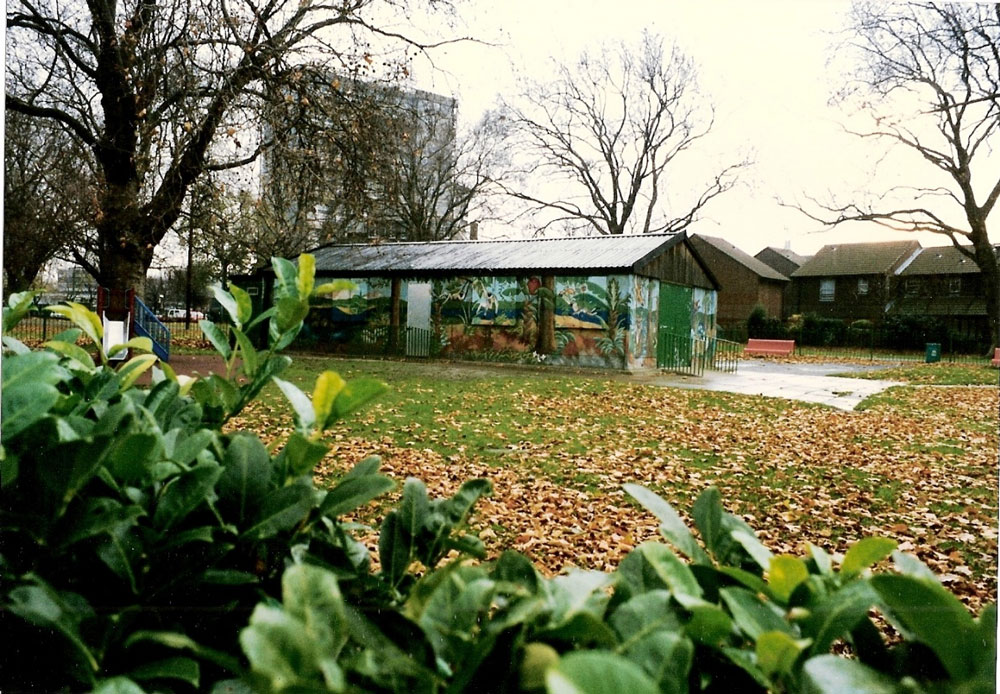
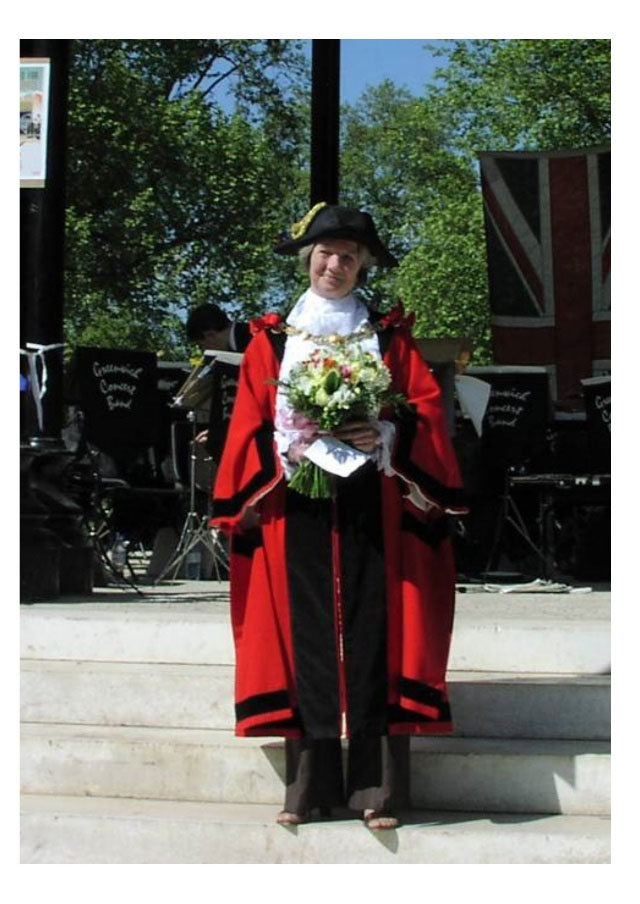
April 2001 – Southwark Council’s Neighbourhood Renewal Fund agreed to refurbish the One O’Clock Club in the park. Councillor Anne Yates was an influential voice leading to the decision.
